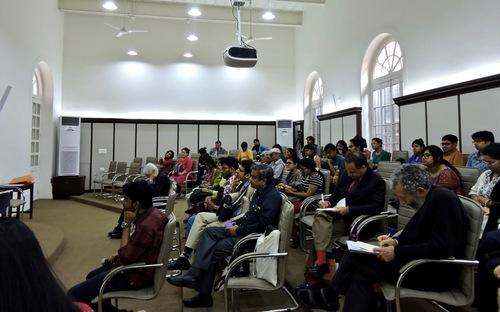The date of the events in “The Martian,” the fall blockbuster starring Matt Damon as an astronaut stranded on Mars, isn’t explicitly revealed in the film itself, but the author of the novel the movie is based on said that the initial launch of the mission to Mars takes place on July 7, 2035, for reasons involving the orbit pathways of the two planets.
The 2030s is a common estimate for when mankind will take its first steps on the red planet. Top NASA officials have set 2039 as the provisional date for the first Mars landing, and Elon Musk, founder of SpaceX, said that his company could offer $500,000 tickets to Mars as early as 2025.
But the road to landing a shuttle on Mars is far from straightforward, and a cursory glance at the details of such an undertaking can be daunting.
The perennial obstacle is funding: Congress repeatedly cut NASA’s budget during and after the Great Recession, and the space agency will receive only $18.5 billion in funding for 2016—just $100 million more than what it was allotted in 2011.
NASA chief Charles Bolden has frequently complained about the paucity of financial support the agency has received, and wrote an open letter to Congress in August expressing frustration at spending $490 million on Russian rockets to send American astronauts into space, all because NASA couldn’t afford to build its own infrastructure.
“It’s as if we keep ordering expensive takeout because we haven’t yet set up our own kitchen—only, in this case, the takeout meals are costing us hundreds of millions of dollars,” Bolden wrote in Wired.





